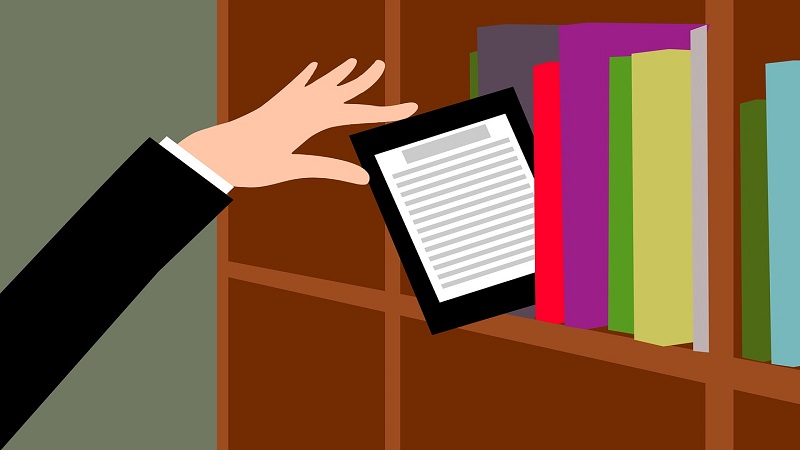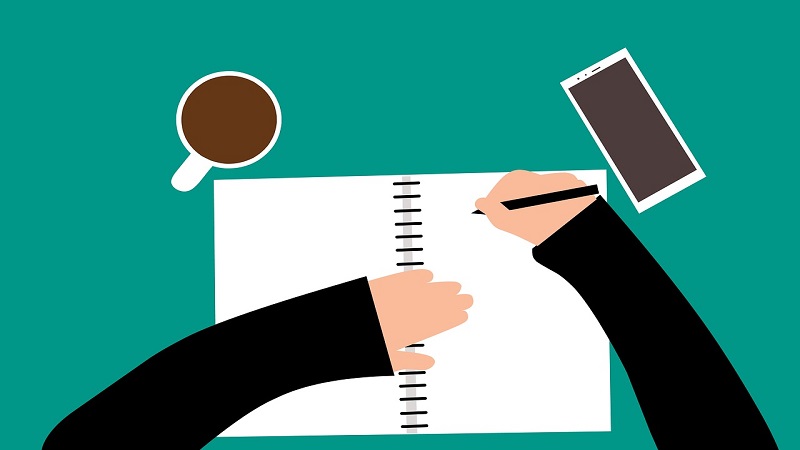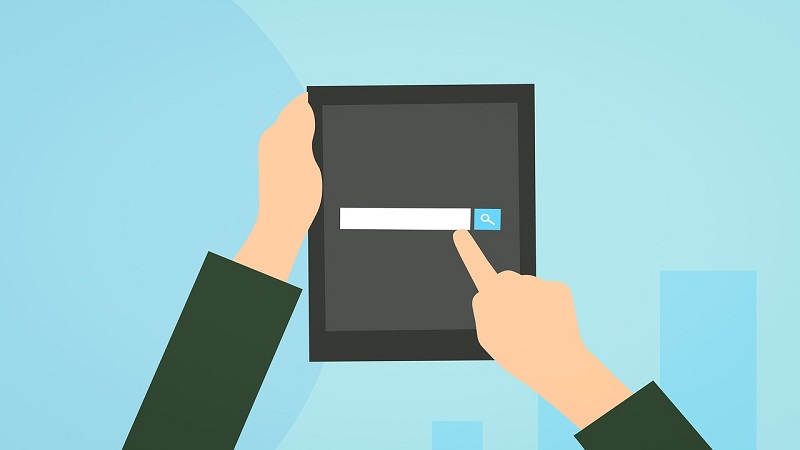Format and examples
Footnote format: Firstname Lastname, Book Title (Place of publication: Publisher, Year), p. x.
If the novel has an editor:
Firstname Lastname, Book Title, ed. by Firstname Lastname (Place of publication: Publisher, Year), p. x.
If the novel has a translator:
Firstname Lastname, Book Title, trans. by Firstname Lastname (Place of publication: Publisher, Year), p. x.
Footnote examples:
Kazuo Ishiguro, The Remains of the Day (London: Faber and Faber, 1989), p. 245.
Novel with an editor:
Mary Wollstonecraft Shelley, Frankenstein, or, The Modern Prometheus, ed. by Maurice Hindle, rev. edn (London: Penguin, 2003), pp. 62-63.
Novel with a translator:
Franz Kafka, Metamorphosis and Other Stories, trans. by Michael Hofmann (London: Penguin, 2007), p. 33.
__________________________________________
Bibliography format: Lastname, Firstname, Book Title (Place of publication: Publisher, Year)
If the novel has an editor:
Lastname, Firstname, Book Title, ed. by Firstname Lastname (Place of publication: Publisher, Year)
If the novel has a translator:
Lastname, Firstname, Book Title, trans. by Firstname Lastname (Place of publication: Publisher, Year)
Bibliography examples:
Ishiguro, Kazuo, The Remains of the Day (London: Faber and Faber, 1989)
Novel with an editor:
Shelley, Mary Wollstonecraft, Frankenstein, or, The Modern Prometheus, ed. by Maurice Hindle, rev. edn (London: Penguin, 2003)
Novel with a translator:
Kafka, Franz, Metamorphosis and Other Stories, trans. by Michael Hofmann (London: Penguin, 2007)
__________________________________________











